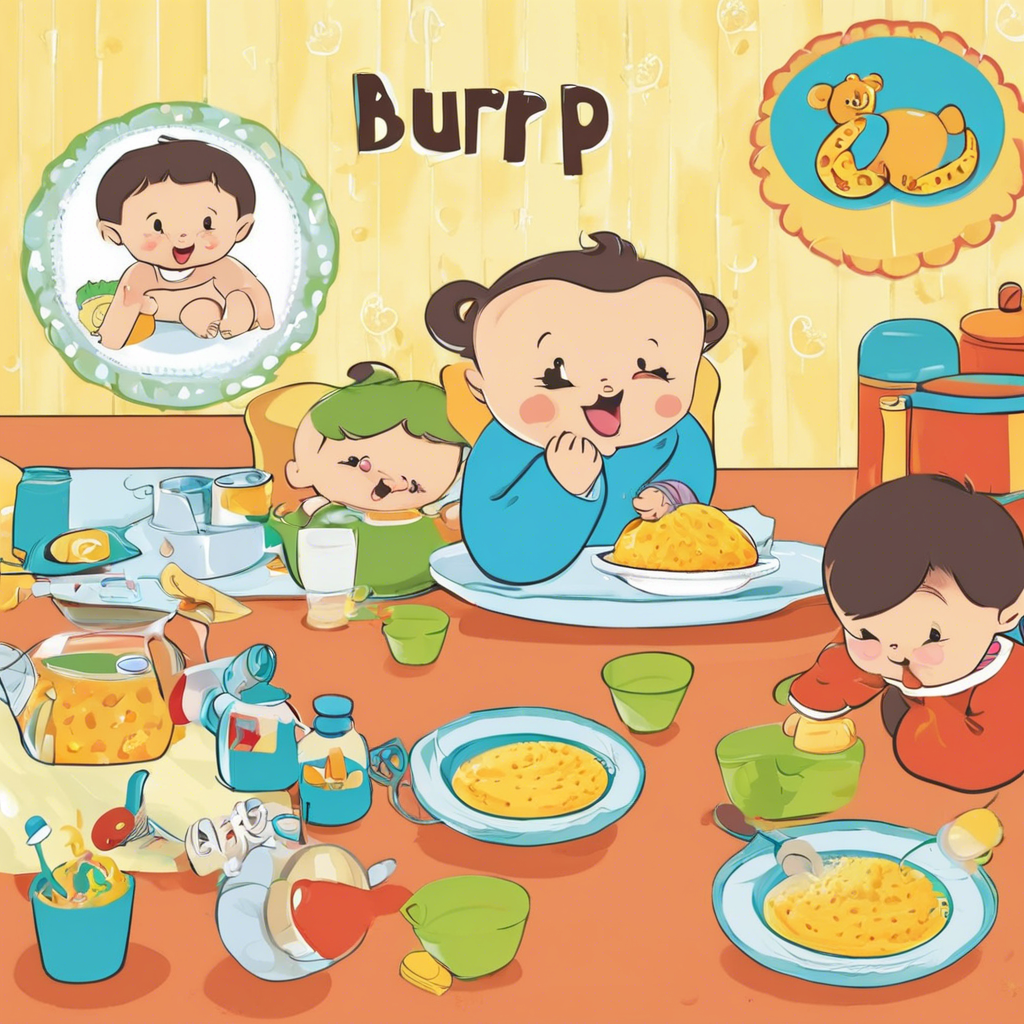Burping a baby is an essential part of feeding, ensuring that your little one remains comfortable and free from excess gas. Many newborns swallow air while feeding, whether they are breastfed or bottle-fed, and if this air is not released, it can lead to discomfort, fussiness, and even colic. Learning the right burping techniques can help ease your baby’s digestion and make feeding a more pleasant experience for both of you. While every baby is different, understanding when, how, and why to burp them can make a significant difference in their overall happiness and well-being.
One of the first things to consider is when to burp your baby. Some babies need to be burped more frequently than others, depending on how much air they swallow. A good rule of thumb is to burp your baby during and after feedings. If you are bottle-feeding, burping every two to three ounces can help prevent gas buildup. For breastfed babies, it is helpful to burp them when switching breasts or midway through a feeding. If your baby seems fussy or restless during feeding, that could be a sign that they need to burp.
There are several effective burping techniques, and trying different methods can help you find what works best for your baby. One of the most common techniques is the over-the-shoulder method. To do this, hold your baby upright against your chest with their head resting on your shoulder. Support their bottom with one hand and gently pat their back with the other. This position allows the air bubbles to rise naturally, making it easier for your baby to release trapped gas.
Another effective burping method is sitting your baby on your lap. Place your baby in a seated position, supporting their chest and chin with one hand while patting their back with the other. This technique helps keep your baby’s airway open while encouraging air to escape. It is especially useful for babies who have difficulty burping in the over-the-shoulder position. Keeping your baby’s posture slightly forward can make the process smoother and more effective.
Lying your baby on their tummy across your lap is another helpful technique. In this position, the gentle pressure on their stomach can help release trapped air. Make sure to support their head and gently rub or pat their back to encourage burping. Some babies find this position soothing, as it can help relieve gas pressure while also providing comfort. However, always monitor your baby closely in this position to ensure they can breathe comfortably.
Some babies burp easily, while others may take longer. If your baby doesn’t burp right away, try changing positions and giving them a few minutes. Gently bouncing them on your knee or walking around while holding them upright can help move the air bubbles along. If your baby still doesn’t burp but seems content, they may not need to. Not every baby will burp after every feeding, and that is completely normal.
Understanding the signs of trapped gas can also help you determine when burping is necessary. If your baby appears fussy, pulls their legs up toward their tummy, or has difficulty sleeping after a feeding, these may be signs that they need help releasing gas. Burping them again or gently massaging their belly in circular motions can provide relief. In some cases, using a warm towel on their stomach can also help ease discomfort.
Preventing excessive air swallowing during feeding can reduce the need for frequent burping. If you are bottle-feeding, consider using bottles designed to reduce air intake. Angled bottles and bottles with vented nipples can help minimize the amount of air your baby swallows. Holding the bottle at an angle that keeps the nipple full of milk, rather than air, can also help. For breastfeeding mothers, ensuring a proper latch is crucial in preventing air intake. A good latch allows your baby to form a tight seal around the nipple, reducing the amount of air swallowed.
If your baby struggles with excessive gas, adjusting their feeding position may help. Keeping your baby in an upright position while feeding can reduce the amount of air they swallow. Avoid feeding them while they are lying flat, as this can increase the risk of gas buildup. After feeding, try keeping your baby in an upright position for at least 15-20 minutes to help digestion and prevent spit-up.
While burping is a normal part of feeding, some babies experience more gas and discomfort than others. If your baby frequently cries due to trapped gas, has trouble burping, or appears to be in pain, consult your pediatrician. They can rule out any underlying issues and provide additional recommendations to ease your baby’s digestion. In some cases, adjusting your baby’s diet or formula may be necessary to reduce gas-related discomfort.
Burping your baby is a simple yet essential practice that promotes a happy and comfortable feeding experience. By understanding when and how to burp your baby effectively, you can help prevent discomfort, reduce gas buildup, and ensure your little one feels their best. Every baby is unique, so experimenting with different burping techniques can help you discover what works best for your child. With a little patience and practice, burping will become a natural and easy part of your daily routine.

